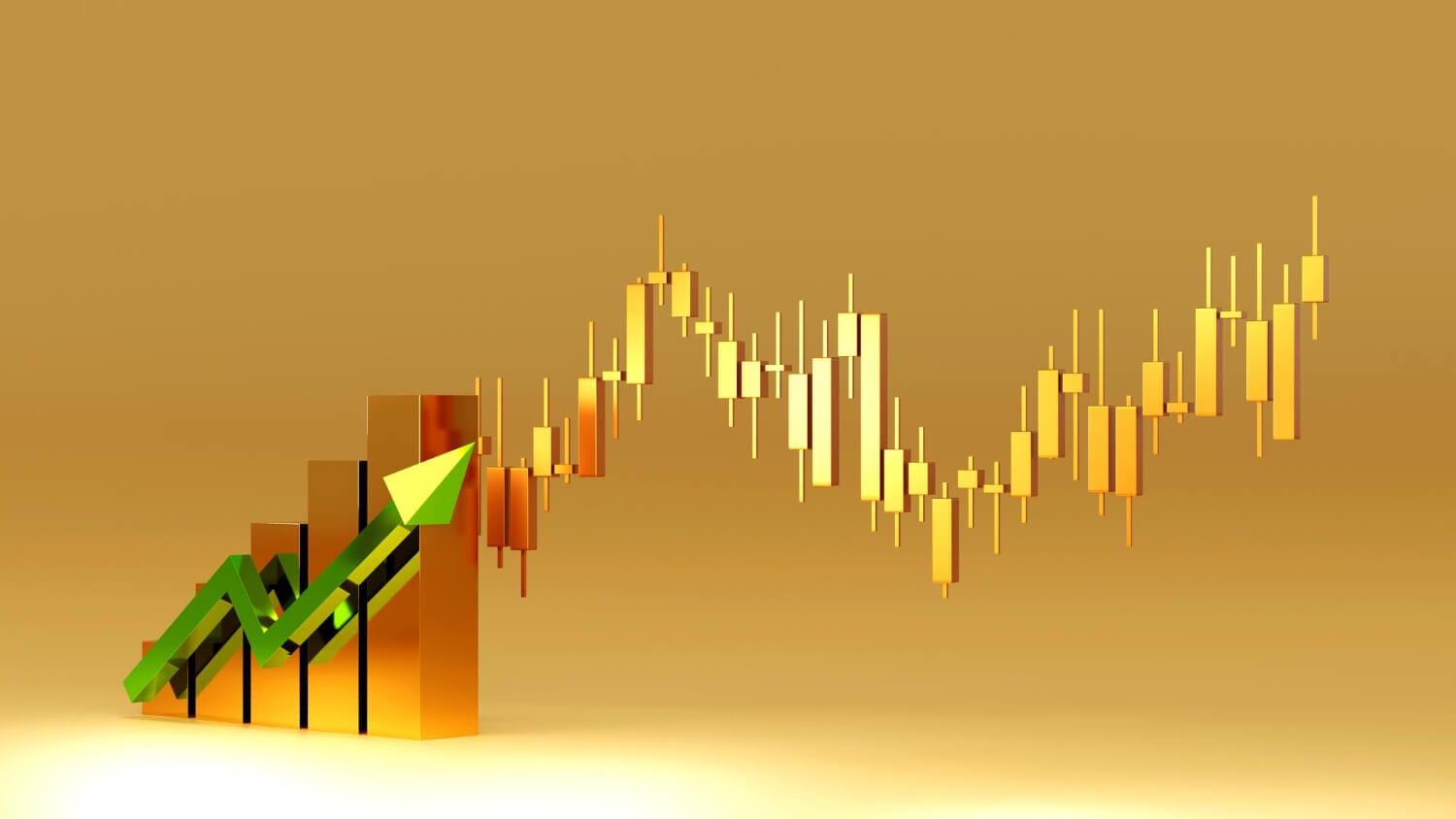1. Introduction
If you’ve ever dipped your toes into Forex trading, chances are someone’s pitched you a signal service. These so-called “experts” tell you when to buy, when to sell, and when to run for the hills. But have you ever stopped and asked yourself: what’s behind these magical signals? The answer is chart analysis—and understanding it could be the difference between making informed decisions and being led off a financial cliff.

Let’s dig deep into the guts of chart analysis and how it powers the entire forex signal machine.
2. What Is Chart Analysis in Forex?
Chart analysis, also known as technical analysis, is basically the art (and science) of reading price movement through historical charts. Think of it like reading the footprints left by traders before you. Prices rise and fall, yes, but the reasons why often hide in patterns, trends, and visual cues.
It’s kind of like meteorology for traders. You’re not predicting with certainty, but you’re making educated guesses based on past “weather” patterns of the market.
3. Why Chart Analysis Is the Backbone of Forex Signal Services
Signal providers often make it sound like they’ve got insider information. Spoiler alert: they don’t. What they do have is access to tools and knowledge for analyzing charts. They use this to generate “buy” and “sell” alerts based on what the market looks like it’s going to do.
Without chart analysis, signals would be random guesses. It’s the lifeblood of most trading alerts, and without it, the entire signal industry would collapse.
4. Types of Forex Charts
To analyze the market, you need to look at it. That’s where charts come in. And no, not all charts are created equal.
Line Charts
The simplest form. Just connects closing prices with a line. Clean, easy, but kinda useless for deep analysis.
Bar Charts
Shows open, high, low, and close. Great for seasoned traders, but visually complex for beginners.
Candlestick Charts
The superstar of Forex charts. Each candle tells a story—how prices opened, rose, fell, and closed. It’s like watching a mini soap opera for each trading period.
5. Understanding Time Frames in Chart Analysis
Ever heard someone say, “the daily chart looks bullish, but the hourly says otherwise”? Time frames change everything. A trend on a 1-minute chart might not even be a blip on the daily.
Signal providers usually analyze multiple time frames to avoid getting caught in micro-trends that contradict the bigger picture.
6. Technical Indicators: The Tools of the Trade
You wouldn’t build a house with just a hammer, right? Same goes for chart analysis. You need a toolbox full of indicators.
Moving Averages
Smooth out price data to show overall direction. Simple, but effective.
Relative Strength Index (RSI)
Measures whether a currency is overbought or oversold. Above 70? Might be time to sell. Below 30? Could be a buy.
MACD (Moving Average Convergence Divergence)
Helps spot trend changes by comparing two moving averages. When lines cross, you may want to act.
Bollinger Bands
Shows volatility. When price touches the upper or lower band, expect a potential reversal.
7. Support and Resistance: The Invisible Barriers
Ever wonder why prices bounce back at certain levels? That’s support and resistance at work. These are psychological zones where traders tend to buy or sell.
It’s like a ceiling and a floor. Break the ceiling, and prices shoot up. Break the floor, and it’s a long way down.
8. Trend Lines: Reading Between the Lines
Trend lines are the bread and butter of chart analysis. They connect higher lows in an uptrend or lower highs in a downtrend.
Think of them as the guardrails keeping price on its path. When they break, brace yourself.
9. Chart Patterns That Speak Volumes
Patterns are nature’s way of whispering to us. Recognizing them gives you a serious trading edge.
Head and Shoulders
Classic reversal pattern. Like spotting a turning point in a movie plot.
Double Top & Bottom
Tells you the market tried twice and failed—perfect cue for a reversal.
Triangles
These are continuation patterns. Imagine a slingshot being pulled back—the breakout is usually explosive.
10. How Forex Signal Providers Use Chart Analysis
Most professional signal services don’t just wake up and throw darts at a chart. They:
-
Analyze trend direction on longer time frames.
-
Confirm setups using indicators like RSI and MACD.
-
Use support/resistance levels to time entries and exits.
-
Employ risk/reward ratios before giving a signal.
It’s like baking a cake—get one ingredient wrong and the whole thing collapses.
11. The Problem with Blindly Trusting Signals
Here’s the dark side.
Many people follow signals without understanding them. That’s dangerous. It’s like driving with GPS but never learning to read road signs. If your signal provider disappears, what then?
Worse, some signals are just copied from other sources or based on shallow analysis. You’ll never know unless you can read charts yourself.
12. Common Pitfalls in Chart Analysis
Even seasoned traders mess up. Some common blunders include:
-
Overloading charts with too many indicators: Like putting ketchup on every meal—eventually, it ruins the taste.
-
Ignoring higher time frames: Zooming in too much can blind you to the bigger picture.
-
Chasing the market: Just because a signal says “buy” doesn’t mean you have to.
13. Real-World Example: A Signal Gone Right (and Wrong)
Let’s say your signal provider tells you to buy EUR/USD at 1.1000 with a target of 1.1200. The chart shows a bullish engulfing pattern at support and RSI confirms it’s oversold.
Boom. Trade hits target in two days.
Now flip it. Same setup, but you didn’t check the daily chart showing a major resistance at 1.1050. Price hits that wall, then crashes.
Lesson? Context matters.
14. Why Manual Analysis Still Matters in an AI World
Yes, AI is cool. But it doesn’t “understand” the market like you do. It sees patterns, not people. Forex is driven by fear, greed, and human irrationality—things that don’t always show up in data.
Your eyes and instincts still matter.
15. How to Start Learning Chart Analysis Yourself
No, you don’t need a PhD. You need curiosity, patience, and practice.
-
Start with one chart type (candlesticks are your best bet).
-
Learn basic patterns and support/resistance.
-
Use a demo account to try out what you’ve learned.
-
Read books like “Technical Analysis of the Financial Markets” by John Murphy.
-
Follow traders who explain, not just post wins.
It’s like learning a new language. At first, you’re lost. But eventually, you start understanding what the charts are saying.
16. Conclusion
Chart analysis isn’t just a skill—it’s your lifeline in the chaotic world of Forex. Sure, signal services can help. But relying on them blindly? That’s financial Russian roulette.
When you understand how charts work, you take back control. You don’t panic when a trade goes wrong, because you know why. You’re not just another fish in the market—you’re the one reading the tides.
So next time you get a Forex signal, don’t just ask what—ask why.
FAQs
1. Can I rely on Forex signals without learning chart analysis?
Technically, yes. But it’s risky. If the signal is wrong (and many are), you won’t know how to adjust or why you lost.
2. How long does it take to become good at chart analysis?
It varies, but most people get the hang of basics within 2-3 months of consistent study and practice.
3. What’s the best chart type for beginners?
Candlestick charts—they’re visual, intuitive, and widely used.
4. Are paid signal services better than free ones?
Not always. Some free signals are excellent, while some paid ones are garbage. What matters is the logic behind the signal.
5. Do I need expensive tools to analyze Forex charts?
Nope. Free platforms like TradingView offer all the charting tools you need to start.



